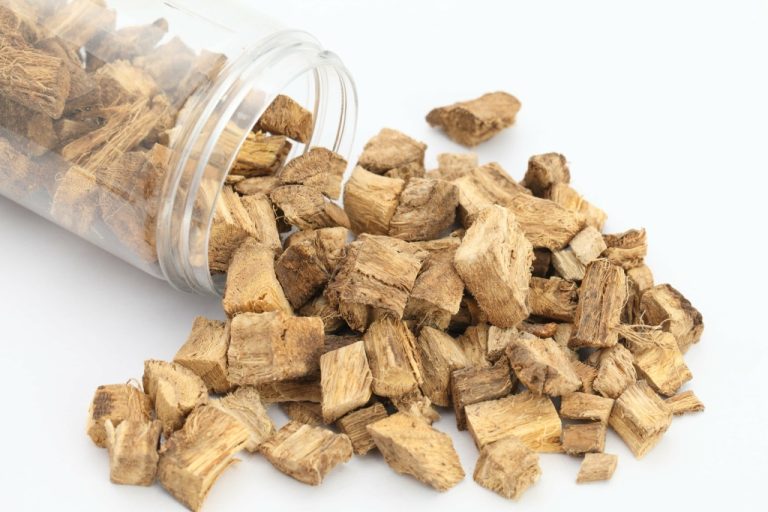Content
Though you can’t tell by looking in a mirror, your risk of cancer, heart disease, liver disease, and kidney disease have all dropped dramatically. Your immune function will have improved, which may have even addressed symptoms of autoimmunity you had before. Because alcohol is a known human carcinogen (not enough people know that, btw), abstaining from alcohol will eventually decrease your risk of getting cancer. When you stop drinking, your liver is able to devote more time to its other 500 vital functions. After 1 month of not drinking, your liver fat may be reduced by up to 20%, significantly reducing your risk of cirrhosis of the liver or fatty liver disease. For dependent drinkers, in some cases, you may experience nightmares, anxiety, and insomnia due to long-term withdrawal symptoms.

(And as adults, most of us have become all too familiar with them firsthand). There’s no denying that alcohol plays a major role in the life of most American adults. In fact, more than half of us report drinking alcohol on a monthly basis, and over a quarter report binge http://web-globus.de/articles/nemeckorusskij_slovar_r drinking in the past month. “Occasional drinking has been said to improve health, but frequent binging doesn’t,” says registered dietitian Jenny Champion. Although alcohol withdrawal can be a dangerous and painful process, it is a necessary step on the road to recovery.
What Are the Health Benefits of Quitting Drinking?
Moreover, people who went teetotal for a month also got drunk a lot less frequently later on in the year. Rates of excessive drinking fell from an average of 3.4 times per month at baseline to 2.1 times per month on average. Perhaps even better than a restful night’s sleep is waking up without a hangover. Quitting cold turkey is never recommended, but if you’re going to attempt this, it’s imperative that you reach out to a medical professional prior to quitting so they can discuss the risks with you. Hallucinations – Visual, auditory, and tactile hallucinations usually occur within patients before the onset of delirium tremens. These patients are usually younger, consume other drugs, and drink larger quantities of alcohol.
Quitting drinking can have many important benefits for your physical and mental health, but there are many other types of benefits you may experience as well. This is usually when people start to feel their best after giving up alcohol. By this point, most physical withdrawal symptoms should have subsided and you should start to feel less anxious and more positive. The diagnosis is made when drinking interferes with your life or affects your health. You don’t need to be diagnosed with alcohol use disorder in order to choose to detox.
Conditions
Most drinkers start to sleep better after a week of no alcohol consumption. This better sleep is caused by more REM sleep, the deepest stage of sleep where dreaming and memory occur. Alcohol may help you fall asleep faster because it’s a depressant, but it prevents this all-important REM stage of sleep.
But, opting for a mocktail may be a better choice if you are trying to manage your weight, feel more energized, or simply want to lead a healthier lifestyle. “[The bottom line] is, protect the heart with [a] low amount of alcohol, but increase the risk of cardiovascular disease with high amount of alcohol,” Dasgupta said. But once you fall into slumber, it can wake you up repeatedly in the night. Plus, it disrupts the important REM stage of sleep and may interfere with your breathing. Try skipping alcohol, especially in the late afternoon and evening, for more restful shut-eye.
More energy
“Most of the dermatological conditions that are worsened by heavy drinking will slowly normalize over time after cutting out alcohol,” Dr. Genebriera says. Exactly how much time may vary according to the condition and the individual. The more you drink, the more likely it is that you’ll http://www.silacheloveka.ru/trening_potenc.php damage parts of your heart that you really, really need. If you drink a lot, you might notice heart symptoms that seem to be worse—like palpitations and higher blood pressure—when you first stop drinking. It’s hardly a secret that having a few drinks alters the way your brain works.
What is the hardest period of sobriety?
What are the hardest days of sobriety? For many people, the first few weeks of sobriety are the hardest. You may have withdrawal symptoms that are physically and emotionally uncomfortable. Cravings are also common during this time, which can tempt you to relapse.
When you are quitting drinking and hydrating properly, your skin becomes more elastic and less inflamed, reducing the look of sagginess and rosacea. Any hangover side-effects are likely now officially out of your system and your carb cravings have probably subsided. Champion says 72 hours after quitting is when “you finally feel back to yourself physically and mentally.”
How To Safely Treat Alcohol Withdrawal Symptoms
Plus, many people find they have more energy and free time for activities like exercise. It’s no secret that alcohol plays a significant role in your liver health. Chronic and excessive alcohol consumption can destroy liver cells, which are necessary for filtering out harmful substances in our body (the liver is our built-in detoxifier). “Fatty liver is a common phenomenon in individuals who drink heavily and regularly, leading to cirrhosis and end-stage liver disease,” says Mary Wirtz, MS, RDN, CSSD.
- The number decreased from an average of 4.3 days per week before taking part in Dry January to an average of 3.3 days per week afterward.
- It is worth mentioning that nutritional status improvement occurs when someone strop drinking, which is one big reason why people may see many of the above improvements with sobriety.
- “Viruses won’t be caused by alcohol, but you can be more vulnerable to them if you’re drinking,” he says.
- Some people even have seizures or see things that aren’t there (hallucinations).







